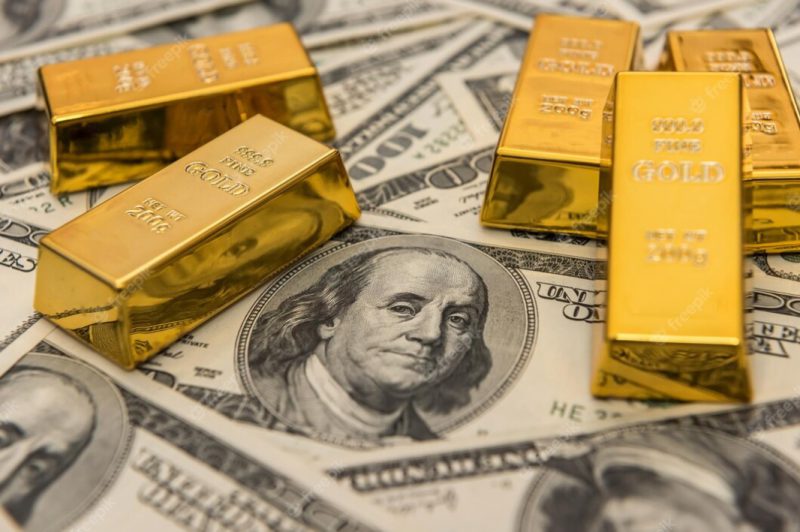The gold standard as reserves was the de facto international monetary system from the 1870s to the early 1920s. As the gold standard ended, the U.S. dollar took over as the global currency through the Bretton Woods Agreement in 1944. Since then, the U.S. dollar reigned supreme with little to no competition from other currencies. However, the BRICS alliance is reinventing the clock in its quest to take on the U.S. dollar as the global reserve standard through gold.
Also Read: BRICS: 130 Countries Move Towards CBDC Currency, US Dollar in Jeopardy
The BRICS alliance is aiming to launch a new currency at the next summit in South Africa in August. Amidst the heels of a new global tender, Russia confirmed that the currency would be backed by gold. The development puts the U.S. dollar under pressure as many countries could return to the gold standard of reserves.
BRICS Aiming For Gold Standard & Not the U.S. Dollar


The soon-to-be-released currency will take on the U.S. dollar for global trade and 41 countries have expressed interest to accept the currency for cross-border transactions. Read here to know the list of countries that might accept BRICS currency and not the U.S. dollar going forward.
Also Read: 41 Countries Ready To Accept BRICS Currency a Month Before Summit
The U.S. dollar is the de facto global reserve and the second financial instrument to take its place is gold. No other currency comes close to the dollar as it lacks value compared to the USD. Gold is considered a safe investment and a hedge against inflation. The U.S. dollar comes with the risk of debt and the ongoing debt ceiling crisis could be its death knell.
All cards are currently in BRICS favor and if things go right, the alliance could convince other developing countries to rethink their reserves. BRICS is also massively purchasing gold in the last 18 months and is the top buyer of the metal in 2023. Read here to know how many tonnes of gold the BRICS alliance purchased between 2022 and 2023.





